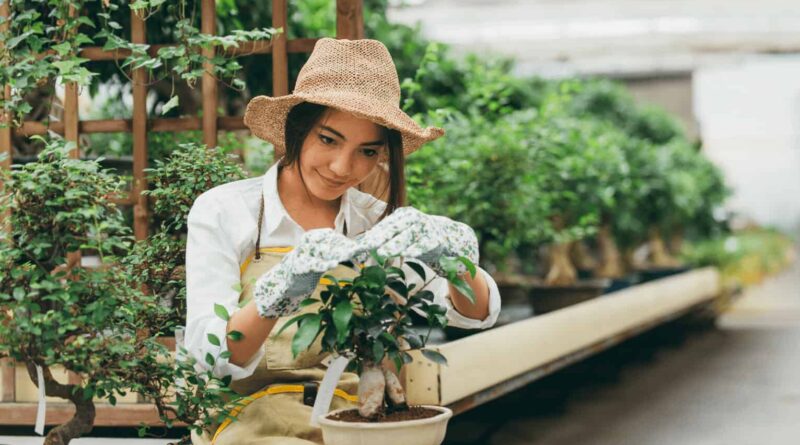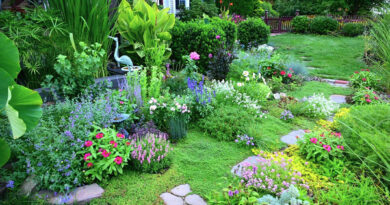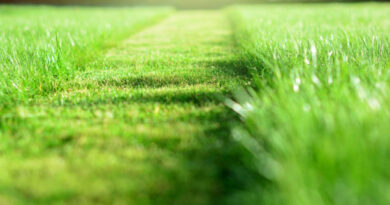What Soil Is Best For Beginner Gardeners?
Starting a garden can feel overwhelming, especially when you’re new to it. One of the most common questions beginner gardeners ask is, “What soil should I use?” The truth is, the right soil can make or break your gardening journey. Online Gardening For Beginners provides essential guidance to help you get started. Let’s break it down step by step so you can confidently choose the best soil for your plants.
Why Soil Matters for Beginner Gardeners
Soil is the foundation of your garden. It provides nutrients, water, and support to your plants. Without good soil, even the most resilient plants will struggle. For beginners, starting with the right soil can save you from a lot of frustration and help your garden thrive.
The Role of Soil in Plant Growth
Soil isn’t just dirt—it’s a living ecosystem. It contains microorganisms, organic matter, and minerals that work together to nourish your plants. Good soil ensures proper drainage, aeration, and nutrient availability, which are essential for healthy roots and vibrant growth.
Types of Soil for Beginners
Not all soils are created equal. Understanding the different types can help you choose the best one for your garden.
1. Loamy Soil: The Gold Standard
Loamy soil is often considered the best for gardening. It’s a balanced mix of sand, silt, and clay, offering excellent drainage while retaining moisture and nutrients. For beginners, loamy soil is forgiving and works well for most plants.
2. Sandy Soil: Fast-Draining but Nutrient-Poor
Sandy soil drains quickly, which can be great for plants that hate wet roots. However, it doesn’t hold nutrients well, so you’ll need to fertilize more often. If you’re growing drought-tolerant plants, sandy soil might work for you.
3. Clay Soil: Nutrient-Rich but Heavy
Clay soil is packed with nutrients but tends to hold water, which can lead to root rot. It’s also harder to work with because it’s dense and sticky. If you have clay soil, consider amending it with organic matter to improve its texture.
4. Peat-Based Soil: Light and Moisture-Retentive
Peat-based soil is lightweight and holds moisture well, making it ideal for container gardening. However, it’s not very sustainable, so consider alternatives like coconut coir if you’re eco-conscious.
How to Test Your Soil
Before you start planting, it’s a good idea to test your soil. This will help you understand its type and pH level, which affects nutrient availability.
Simple Soil Texture Test
Take a handful of damp soil and squeeze it. If it holds its shape but crumbles when poked, it’s loamy. If it falls apart, it’s sandy. If it stays in a tight ball, it’s clay.
Testing Soil pH
You can buy a pH testing kit from a garden center. Most plants prefer a pH between 6.0 and 7.0. If your soil is too acidic or alkaline, you can adjust it with lime or sulfur.
Improving Your Soil for Better Results
Even if your soil isn’t perfect, you can improve it. Here’s how:
Add Organic Matter
Compost, aged manure, or leaf mold can work wonders for your soil. They improve drainage in clay soil and help sandy soil retain moisture. Plus, they add nutrients that plants love.
Use Mulch
Mulching helps retain moisture, regulate soil temperature, and suppress weeds. Organic mulches like straw or wood chips also break down over time, enriching the soil.
Rotate Your Crops
If you’re growing vegetables, rotating crops can prevent soil depletion. Different plants use different nutrients, so switching things up keeps your soil balanced.
The Right Soil for Containers
If you’re gardening in pots or raised beds, you’ll need a different approach.
Potting Mix vs. Garden Soil
Potting mix is specifically designed for containers. It’s lighter and provides better drainage than garden soil. Never use garden soil in pots—it can become compacted and harm your plants.
DIY Potting Mix
For a beginner-friendly DIY mix, combine equal parts peat moss, perlite, and compost. This creates a well-draining, nutrient-rich environment for your plants.
Common Soil Mistakes to Avoid
Even with the best intentions, beginners can make mistakes. Here are a few to watch out for:
Overwatering
Too much water can drown your plants and lead to root rot. Always check the soil’s moisture level before watering.
Ignoring Soil Health
Soil isn’t a one-time thing. Regularly adding organic matter and testing your soil ensures it stays healthy and productive.
Using the Wrong Soil for the Job
Not all plants thrive in the same soil. Research your plants’ needs and choose soil accordingly.
Final Thought:
Gardening is a learning process, and soil is just the beginning. As a beginner, focus on creating a healthy foundation for your plants. Start with loamy soil or a good-quality potting mix, and don’t be afraid to experiment. Over time, you’ll develop a feel for what works best in your garden. Remember, every gardener makes mistakes, but each one brings you closer to success. So grab your gloves, get your hands dirty, and enjoy the journey!




